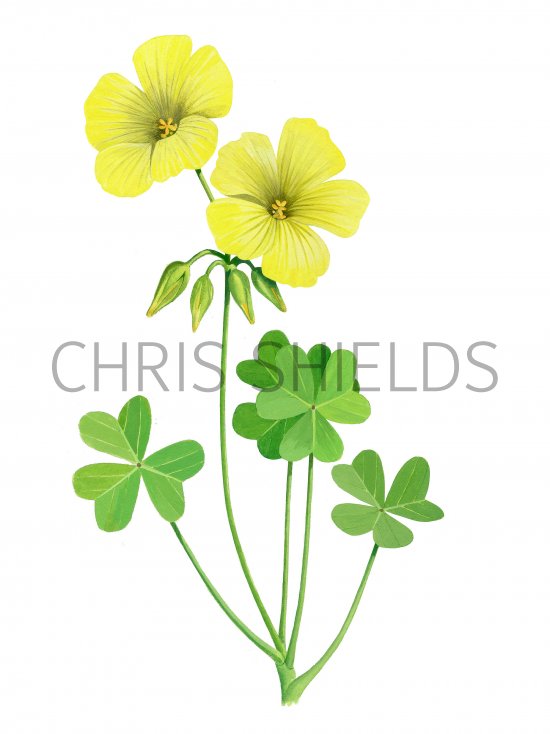
These types of broadleaf weeds can germinate and spread from seeds, but they also produce a root structure (tubers, bulbs or corms) that can birth new weeds from your lawn’s surface (using stolons) or from underground (using rhizomes).īiennial weeds. Come late spring or early summer, they mature and die off as the weather warms. They germinate and develop from late summer to early fall, remain semi-dormant during the winter and then flower in spring. These weeds overlap two calendar years but last only 12 months total. These weeds begin to grow (germinate) in the spring, mature in the summer, and then produce seeds and die by the fall or first hard frost-an entire life cycle completed within 12 months. Still, annuals produce tons of seeds that can infest and dominate your yard under the right conditions. These types of broadleaf weeds live for only one season and are typically easy to control because they lack the complex underground structures needed to spread new plant growth through creeping roots.


Depending on whether you’re dealing with annuals, biennials or perennials, you may need to take a different approach to take back your yard.Īnnual weeds. The path to killing broadleaf weeds in your lawn begins with understanding their life cycles. Compare the broadleaf weed pictures and descriptions to the weeds in your lawn until you finger the culprit. Step 3: Look at the Additional InformationĮach plant is unique, so if you’re still having trouble pinpointing your problem, go through Lawn Care 101’s individual detail pages on each of the types of broadleaf weeds. Use these features to get a better grip on what type of weeds need to be pulled.

Step 2: Analyze the Plant’s CharacteristicsĮach broadleaf plant’s structure (morphology) has distinguishing characteristics, ranging from the weed’s growth patterns and habits to the way its leaves are arranged. Pay close attention to the edges of the leaf blade (margins) to see if they’re serrated (toothed), rounded (lobed) or another shape. Using TruGreen's Lawn Care 101 for quick broadleaf weed identification: Step 1: Check the Leaf ShapeĮxamine the broadleaf weeds in your lawn and compare the leaf’s shape to the broadleaf weed pictures below. The leaves look nothing like grass, and although some of their flowers look pretty, these weeds can quickly turn a great yard into a graveyard. Broadleaf weed identification is relatively simple because they stick out like a sore thumb.


 0 kommentar(er)
0 kommentar(er)
